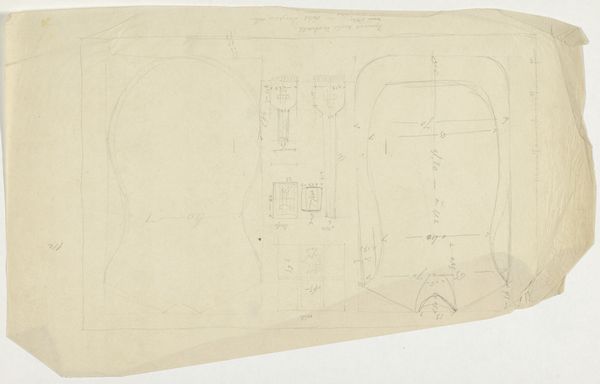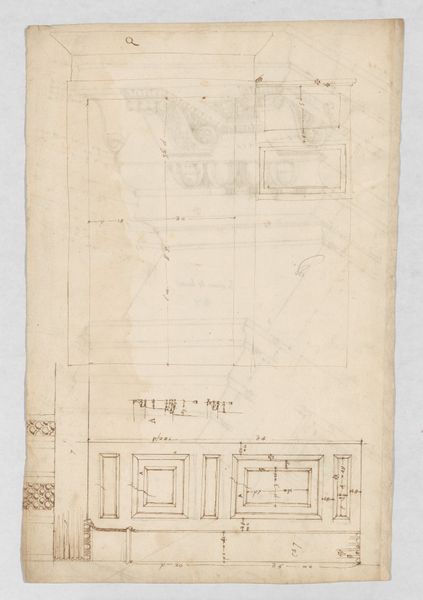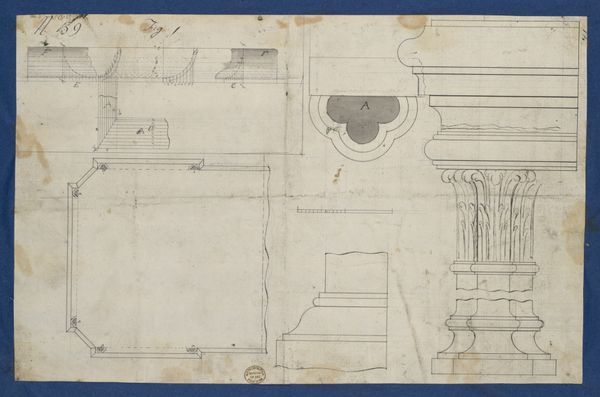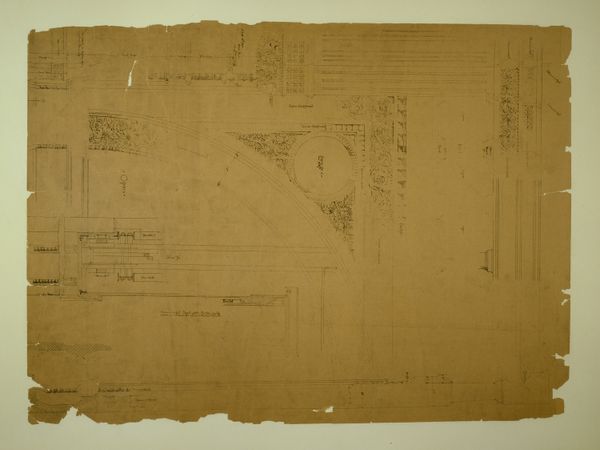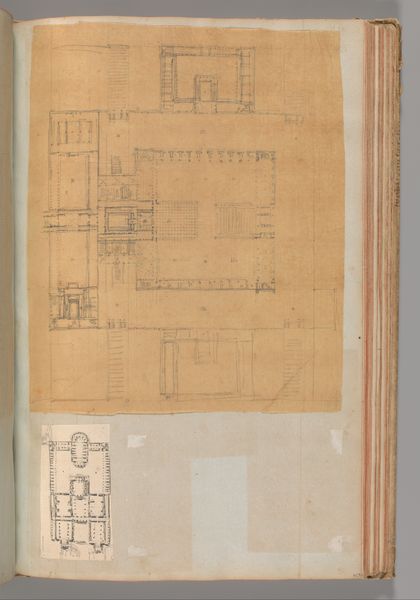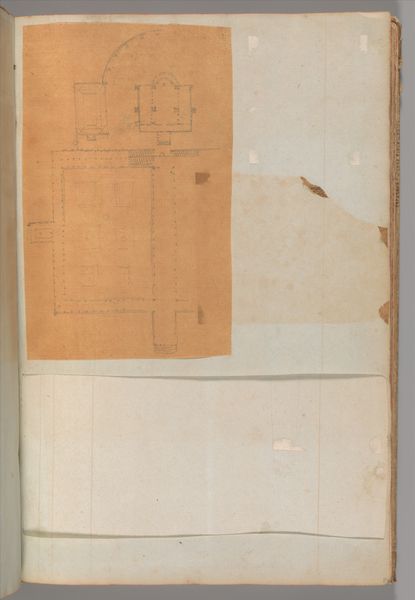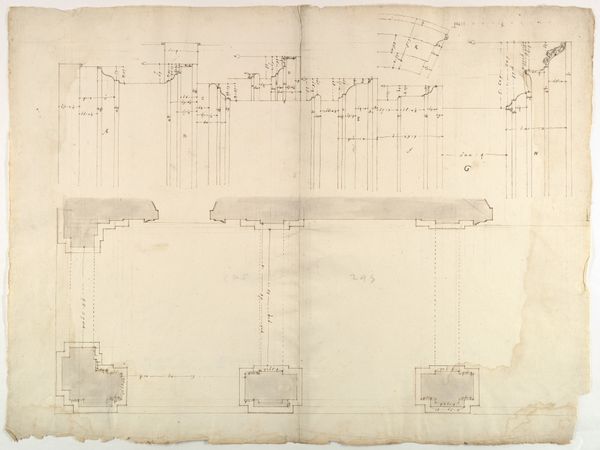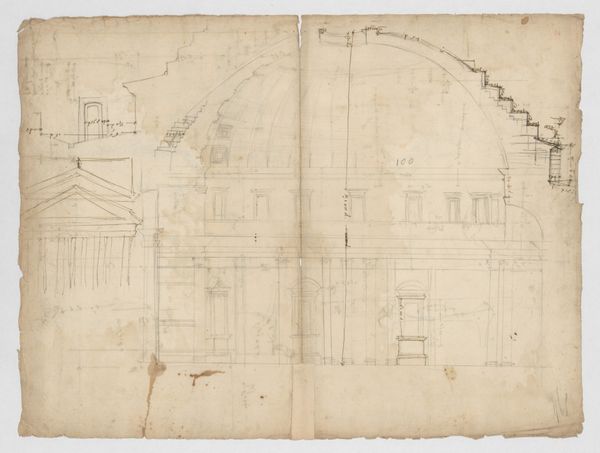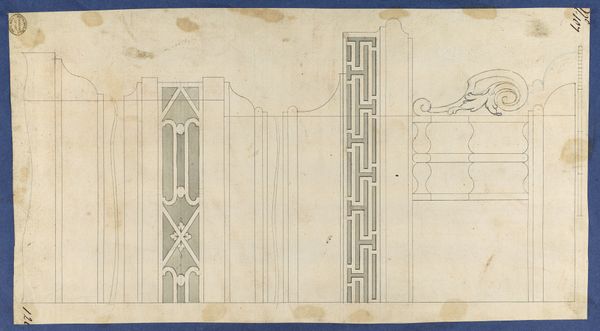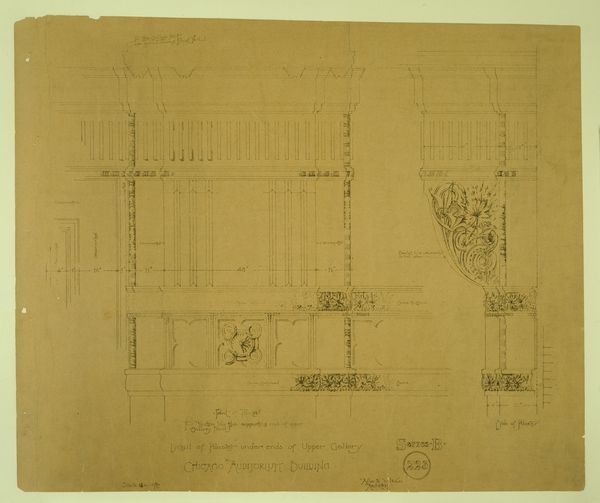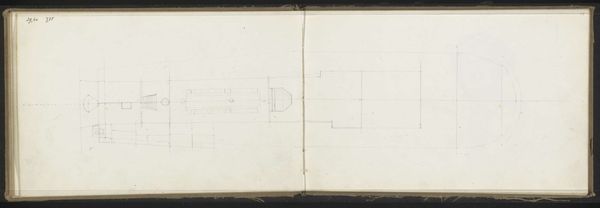
Details of Door Furniture, St. George's Chapel, Windsor and other Ornament 1850 - 1900
0:00
0:00
drawing, ornament, print, pencil, architecture
#
drawing
#
ornament
# print
#
classical-realism
#
geometric
#
pencil
#
architecture
Dimensions: sheet: 15 13/16 x 9 5/8 in. (40.2 x 24.4 cm)
Copyright: Public Domain
Editor: This print, titled "Details of Door Furniture, St. George's Chapel, Windsor and other Ornament" is from around 1850-1900. It's attributed to an anonymous artist, made using drawing, ornament, print, and pencil. It looks like an architectural blueprint of some kind, really intricate but also feels quite utilitarian. What stands out to you in terms of its production? Curator: What intrigues me here is the explicit connection between the 'high' art of architectural design and the labor required to produce the furniture. It is interesting to observe how ornament transforms under industrial methods. Is this design meant for artisanal hand-crafting, or mass production using new technologies? Editor: That’s a great question! It makes you wonder about the social implications. How would mechanization have affected craftspeople creating such intricate designs? Curator: Exactly. Consider the materiality: pencil on paper, humble tools to depict opulent potential outcomes. The drawing becomes a crucial intermediary stage. Each line represents not just a visual element, but a calculation of material use, labor time, and ultimately, cost. Are those geometric forms decorations or are they supporting a structural integrity of some larger, functional device? Editor: So you're saying that by studying the materials and techniques, we can understand the economic and social forces at play during its creation? That's fascinating. Curator: Precisely! We must consider the availability of materials, skill levels, and intended market when approaching this image. It may unlock how traditional hierarchies of art are deconstructed. What do you make of the use of classic realism to portray images that hint towards new mechanized means of production? Editor: Now that you mention it, that contrast between classical style and practical design highlights the tension between old and new ways of making things. Curator: Precisely. Editor: This has really changed how I see this piece! Curator: Agreed! It's a reminder that art objects are also products of specific material and economic conditions.
Comments
No comments
Be the first to comment and join the conversation on the ultimate creative platform.
